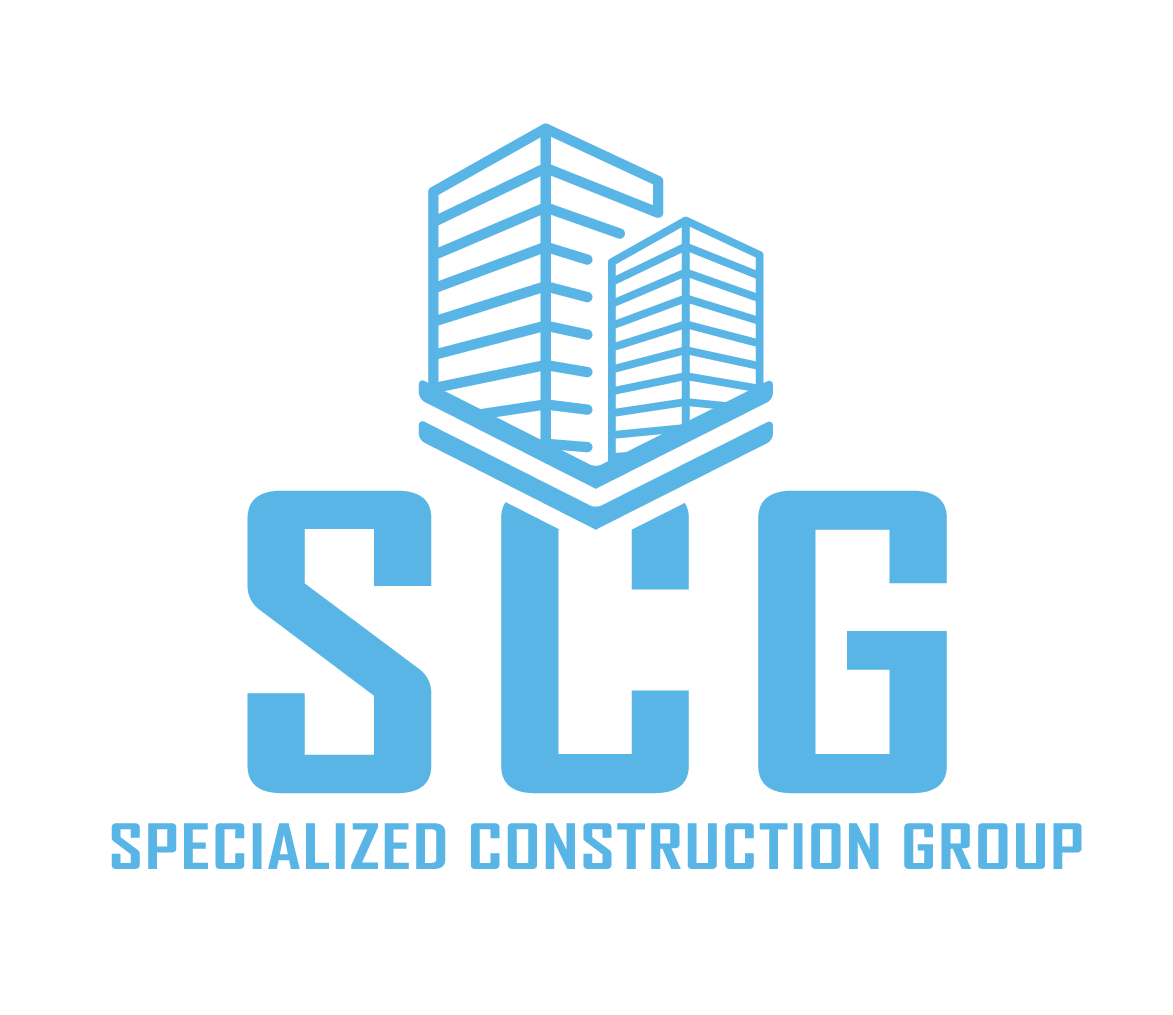The Complete Tenant Improvement Financing Handbook to Streamline Your SBA Approval
Tenant Improvement (TI) is a crucial component when leasing a commercial space.
These modifications or enhancements make the space more suitable for the tenant’s operations. Common TIs encompass everything from painting and new flooring to elaborate electrical, plumbing, or HVAC installations. They might also include creating specific office areas or even updating the property’s exterior.
The idea behind tenant improvement financing is to provide businesses with the necessary funds to carry out these renovations. Not only does it ensure the space fits the company’s operational needs, but it also boosts customer perception and brand image. Given the potentially hefty costs associated with TIs, financing becomes an essential tool for businesses to modify their space without facing capital restraints. The most common way for small businesses or franchises to receive funding for TIs is by obtaining an SBA loan.

SBA loans
SBA loans are among the most sought-after financing options for small businesses. Their main advantages are favorable terms and the backing of the government. However, they also come with certain drawbacks, like extensive paperwork and capped amounts. To qualify, businesses must meet specific size standards. Moreover, applicants should present a clear case illustrating why the SBA loan is crucial and its intended use. This evidence can be in the form of a comprehensive business plan, projected financial statements, contractor quotes, or any pertinent documents justifying the loan amount.
The most common types of SBA loans are:
This is the most popular SBA loan, offering coverage for a wide range of expenses. It can provide financing for up to $5 million and these loans can have a repayment period of up to 25 years for property-related expenses.
These are expedited loans, but they come with a lower borrowing limit (maxing out at $350,000) and a shorter repayment period. Also, the government’s guarantee covers up to half of the loan amount.
This loan involves collaboration between a traditional lender (such as a bank or credit union) and a Certified Development Corporation (CDC). This loan is ideal for businesses that want to purchase or improve commercial real estate.
How to determine
which SBA loan is right for you
Identify Your TI Needs
Before you even think about approaching a lender, it's important to have a clear picture of the modifications your business requires. Do you need an open floor plan to encourage collaborative work, or individual office spaces for privacy? Perhaps updated plumbing for a restaurant or efficient HVAC systems for a warehouse? By listing out these needs, you're better positioned to estimate costs and communicate your objectives to potential lenders.
Factor in Landlord Restrictions
It's important to remember that even if you're leasing the space, there could be restrictions or guidelines set by the landlord or property manager. For example, there may be limits on exterior modifications or requirements about restoring the property to its original state once the lease ends. Familiarizing yourself with these constraints ensures you don’t invest in improvements that you'll later have to undo.
Create a Detailed Budget
Putting together a comprehensive budget is vital. This isn't just about the obvious costs. Dive deep into potential expenses, such as labor, materials, engineering, architecture, designs, and any requisite permits. Remember to account for unexpected costs or overruns, as renovations often come with surprises. A well-prepared budget not only keeps your project on track but also reinforces your credibility with lenders.
Research Potential Lenders
SBA loans, though standardized to an extent, might still have variations depending on the lender. While some banks might offer more favorable interest rates, others might provide longer repayment terms or more flexible conditions. It's also worth noting the reputation of the lender. Are they known for supporting businesses like yours? By understanding the landscape of potential lenders, you position yourself to select a financial partner that aligns with your needs and business aspirations.
Stages of the SBA loan process
Securing an SBA loan is a structured procedure that involves various stages. Familiarizing yourself with each step not only simplifies the process but also equips you to get through it.
Pre-qualification
Think of this as a preliminary assessment. Pre-qualification provides an initial view of what loan amount and terms you might qualify for based on your credit score, business health, and other preliminary factors. While not a guaranteed offer, it offers clarity on potential loan options, ensuring you don't pursue a loan type that's not fit for your situation.
Application
This is the heart of the loan process. Here, you'll be required to submit a lot of documents ranging from business financials to credit reports. Each piece of documentation paints a picture of your business's health, potential, and trustworthiness. It's essential to be thorough and accurate in this stage, as the quality and accuracy of your application can significantly influence your loan outcome.
Approval
Once the lender has reviewed your application, they'll provide feedback on whether it's been approved or declined. If approved, this stage will detail the terms of the loan, including the amount, interest rates, and repayment terms.
Underwriting
This is where the lender does their due diligence. The underwriting process involves a deep assessment of the risks associated with granting your loan. Lenders will verify the documentation you've provided, ensuring its authenticity. They'll also evaluate the feasibility of your tenant improvement plans and gauge if the loan amount aligns with the proposed project's scale.
Closing
The closing stage is where everything gets finalized. All terms are agreed upon, and all documentation is reviewed and signed. Once approved, the loan funds are disbursed, and you can begin your tenant improvement project.

Documents needed for your SBA loan application
Venturing into the SBA loan process demands a lot of documentation to create an all-inclusive picture of your business, its health, vision, and future aspirations.
By presenting thorough and accurate documents, you not only streamline the loan application but also foster trust with potential lenders, setting the stage for a mutually beneficial relationship. Some of the necessary paperwork includes:
Business Plan
Your business plan sheds light on your company's vision, objectives, strategies, market analysis, competitive landscape, and more. It gives lenders insight into your direction, how you intend to grow, and where their funds fit into that growth trajectory.
Financial Projections
Lenders want assurance that you're a good investment. Projected financial statements, such as anticipated revenue streams, profit and loss statements, and cash flow forecasts, provide them with a view of your business's potential profitability. These projections should be both ambitious and realistic, backed by market research and sound financial principles.
Personal Financial Statement
As a business owner, your personal financial health is also under scrutiny. Lenders evaluate personal assets, liabilities, and net worth to gauge your financial responsibility and reliability. It provides additional reassurance on your capability to manage and repay the loan.
Past Financials & Tax Returns
By presenting financial records and tax returns from the past two years, lenders get a snapshot of your business health and its consistency. They can identify growth trends, potential red flags, and validate the numbers presented in your projections.
Lease Agreement
The lease agreement outlines the terms and conditions between you and the property owner. It provides information on rent amounts, lease duration, termination clauses, and, importantly, any permissions or restrictions related to property modifications.
Bids/Project Estimates
Before lenders release funds, they want to ensure that the loan amount corresponds to the scope and scale of your proposed improvements. Detailed bids or estimates from contractors provide a breakdown of anticipated costs, materials, labor, and timelines.
Comprehensive Budget
Banks and lenders look for thoroughness. While a contractor's bid is essential, it's also crucial to present a comprehensive budget, covering both hard (tangible construction or material costs) and soft costs (design, engineering, permits). Companies like SCGWest emphasize the significance of this holistic budget, ensuring there are no financial surprises.
What to expect
- Delays in Documentation: As with any financing process, there might be hiccups related to document procurement or verification. Sometimes, specific documents might be requested that you hadn’t anticipated, or there might be requests for updated versions of what you’ve already submitted.
- Changes in Lending Criteria: Lending institutions might alter their criteria based on broader financial landscapes, regulatory changes, or internal policies. Staying updated with your chosen lender’s prerequisites can mitigate potential setbacks.
- Fluctuating Interest Rates: Especially in volatile economic times, interest rates can fluctuate. These changes can impact the total cost of your loan. It’s essential to understand any variable rates and how they might adjust over time.
- Poor Credit: Your credit score is a reflection of your financial responsibility. A low score or history of missed payments can be a red flag for lenders.
- Inadequate Collateral: SBA loans often require collateral as a security measure. If your assets don’t match the loan amount or are perceived as too liquid, it can lead to application denial.
- Weak Financial Statements: Lenders seek assurance of repayment. If your business’s financial statements don’t paint a picture of stability or potential growth, it raises concerns about the feasibility of loan repayment.
Lengthy Process: On average, the application approval process spans three months, but it can stretch to seven months or more, especially if there are complications or additional documentation requests. It’s considered one of the lengthiest loan processes, so patience and proactive preparation are key.
Tips & best practices
Securing an SBA loan for tenant improvement financing can be challenging, but with the right strategies and a proactive mindset, you can enhance your prospects and ensure a smooth journey. Let’s take a look at a few best practices:
- Ensure all documents are accurate and up to date. Regularly review and update all financial statements, business plans, and projections. Consider using professional accounting software or services to ensure precision.
- Regularly monitor your credit score and maintain good credit. A healthy score can be the difference between approval and rejection. Routinely check your credit report for inaccuracies. Aim to pay off debts on time and avoid accruing excessive liabilities.
- Understand the terms of your loan to avoid future issues. Familiarize yourself with every aspect of your loan – interest rates, repayment schedules, potential penalties, etc. This awareness can preempt future issues and ensure seamless repayment.
- Seek advice or consultancy when in doubt. Consult financial advisors or professionals experienced in SBA loans. Their guidance can help streamline the process, provide clarity on potential pitfalls, and optimize your application.
- Start early. Start your loan application process well in advance of when you need the funds. Anticipate potential challenges and allow ample time for each step, from document gathering to lender negotiations.

Pave the way for a
prosperous business venture
Tenant improvement financing, especially via the SBA loan route, is more than just a financial transaction. It’s a commitment to business growth, a pledge to operational excellence, and a testament to an entrepreneur’s vision. With the right tools, knowledge, and a proactive mindset, this journey, while challenging, can pave the way for a prosperous business venture.
While the SBA loan process is characterized by its rigorous documentation and extended timelines, entering this process with experiences professionals, accurate documentation, a clear plan, and an understanding of potential roadblocks can make all the difference and improve your chances for approval.


